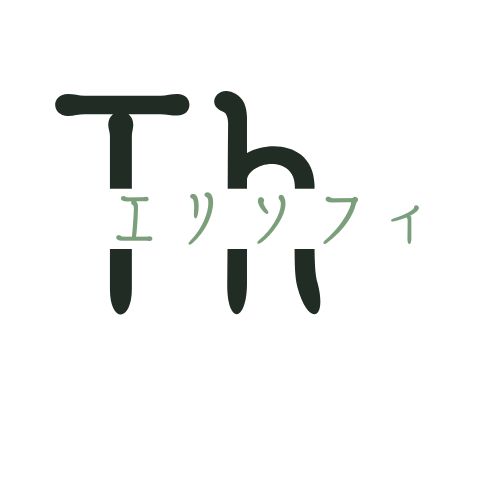Reverse Harem is a popular subgenre in anime, manga, light novels, and other forms of fiction, where the main plot centers around a female protagonist who is romantically pursued by multiple male characters. The concept is essentially the inverse of the more traditional harem genre, where a male protagonist is surrounded by multiple female characters who are interested in him.
Understanding What is Reverse Harem? Origins and Definition

Reverse Harem derives from the traditional concept of a “harem,” which originally referred to a separate part of a household reserved for wives, concubines, and female servants in Middle Eastern cultures. In the context of fiction, a harem typically involves one central character, usually male, surrounded by multiple potential romantic interests, usually female.
The Reverse Harem flips this dynamic, focusing on a female lead who is the object of affection for several male characters. This genre is primarily targeted at a female audience and often features themes of romance, personal growth, and the complexities of relationships.
Common Characteristics
- Female Protagonist: The central character is a female, often depicted as kind, strong-willed, or otherwise admirable, which makes her the focal point of the affections of the male characters around her.
- Multiple Male Suitors: The female lead is surrounded by multiple male characters, each of whom has distinct personalities, backgrounds, and reasons for being attracted to her. These characters often represent different “types” or tropes, such as the childhood friend, the mysterious loner, the prince charming, or the playful flirt.
- Romantic Tension: The narrative usually involves a significant amount of romantic tension, as the female lead navigates her feelings towards each of the male characters. The story may explore love triangles, unrequited love, or the protagonist’s dilemma of choosing between the suitors.
- Character Development: As the story progresses, both the female lead and the male characters typically undergo significant character development. The relationships among the characters are explored in depth, often revealing hidden layers to their personalities and motivations.
- Setting: The setting for a reverse harem can vary widely, ranging from high schools and fantasy worlds to historical settings and modern-day cities. The setting often influences the nature of the relationships and the types of conflicts that arise.
Examples of Reverse Harem
- Fruits Basket (by Natsuki Takaya): While not a traditional reverse harem, “Fruits Basket” features a female protagonist, Tohru Honda, who becomes involved with multiple male members of the Sohma family, each of whom is cursed to transform into an animal of the Chinese zodiac. The series explores deep emotional and psychological themes, as well as romantic elements.
- Ouran High School Host Club (by Bisco Hatori): This series centers around Haruhi Fujioka, a girl who accidentally becomes a member of a prestigious high school’s all-male host club. As she interacts with the various male club members, romantic tensions and comedic situations ensue.
- Vampire Knight (by Matsuri Hino): Set in a boarding school that houses both human and vampire students, “Vampire Knight” follows Yuki Cross as she navigates her feelings for two male characters: Zero, her childhood friend, and Kaname, a pureblood vampire who saved her life.
- Hakuouki (by Idea Factory): Originally a visual novel, “Hakuouki” was adapted into an anime and follows Chizuru Yukimura as she searches for her father in Edo-period Japan. She encounters the Shinsengumi, a group of samurai, and becomes entangled in their struggles, leading to romantic connections with several of the male characters.
Themes and Appeal
The Reverse Harem genre appeals to its audience for several reasons:
- Empowerment: The female protagonist is often portrayed as someone who is empowered by the attention and affection she receives from the male characters. This can be an appealing fantasy, especially in narratives where the protagonist is initially unassuming or average.
- Romantic Fantasy: Reverse harem stories often play into the fantasy of being desired and pursued by multiple attractive and diverse characters. This creates a heightened sense of romantic possibility, as the protagonist is not limited to just one love interest.
- Exploration of Choices: The genre often explores the idea of choice in relationships. The female lead’s decisions about who she will end up with (if anyone) can be a significant part of the story’s tension and appeal.
- Character Variety: The presence of multiple suitors allows for a wide range of character types and dynamics to be explored, providing something for different tastes and preferences within the audience.
Criticisms and Challenges
Despite its popularity, the Reverse Harem genre has faced some criticisms:
- Clichés and Tropes: Like any genre, reverse harem stories can sometimes fall into predictable patterns, relying on overused tropes and clichés that may feel repetitive or unoriginal.
- Lack of Agency: In some reverse harem stories, the female protagonist may be criticized for lacking agency or being too passive, with the narrative focusing more on the male characters’ actions and feelings than her own development.
- Unrealistic Expectations: The idealized romantic scenarios in reverse harem can sometimes set unrealistic expectations for relationships, as the focus on multiple suitors can lead to overly dramatized and romanticized depictions of love.
Conclusion
The Reverse Harem genre is a rich and multifaceted form of storytelling that has captivated audiences with its blend of romance, character diversity, and emotional depth. Whether set in a fantastical world or a high school, these stories offer a unique exploration of relationships and personal growth, making them a beloved genre for many readers and viewers. While it has its challenges and criticisms, the reverse harem remains a popular and enduring subgenre in the world of anime, manga, and beyond.


1 thought on “Understanding What is Reverse Harem”